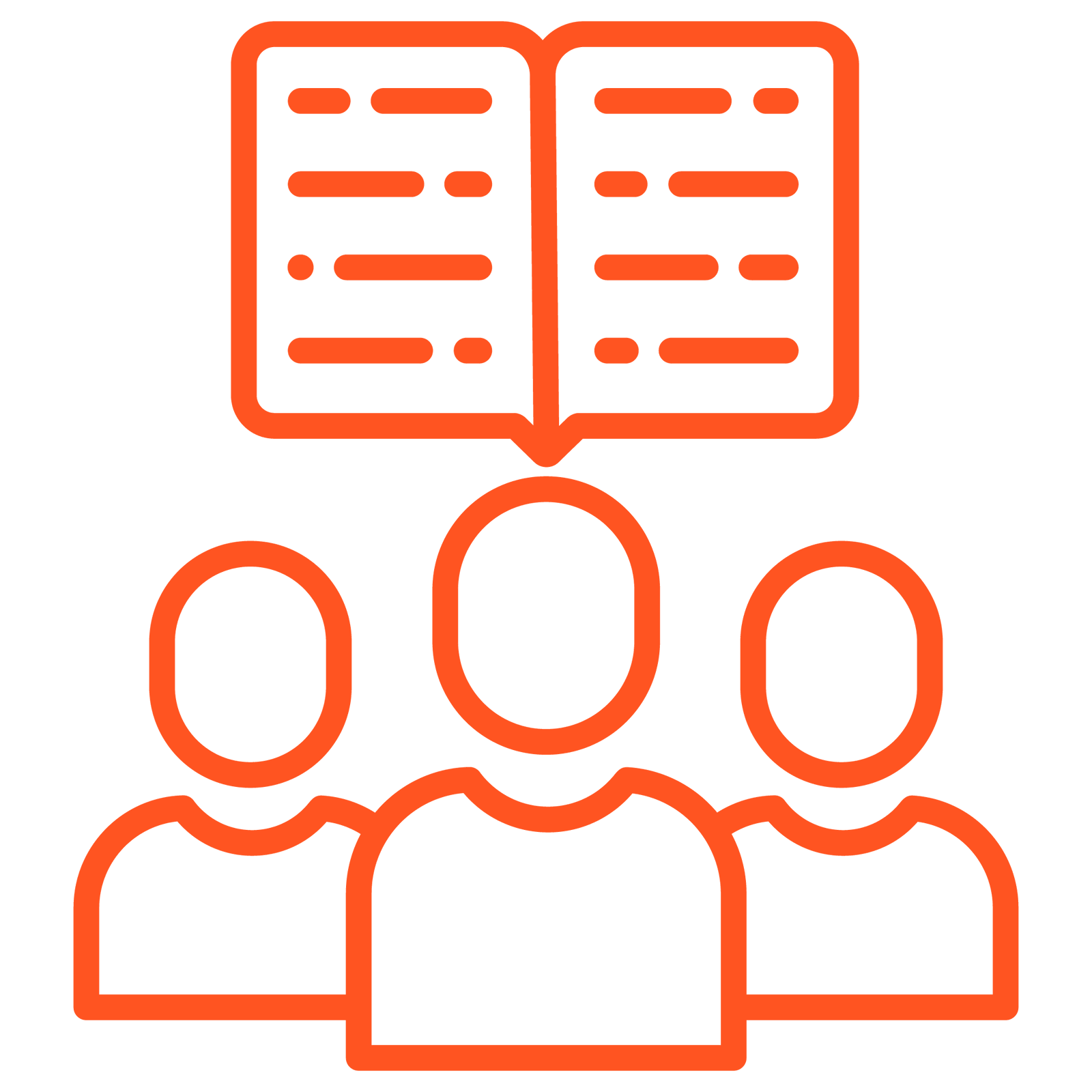Certainly! Software development is the process of designing, coding, testing, and maintaining software systems. It involves the creation of applications, frameworks, or other software components to address specific needs or solve particular problems. Here are some key aspects of software development:
1. **Requirements Gathering:**
- Understanding and documenting the needs and expectations of users or stakeholders.
- Defining the scope of the software project.
2. **Design:**
- Creating a blueprint or plan for the software based on the gathered requirements.
- Architectural design involves defining the overall structure of the software.
- Detailed design involves specifying how each component will function.
3. **Implementation (Coding):**
- Writing the actual code using programming languages like Java, Python, C++, etc.
- Following coding standards and best practices.
- Collaborating with other developers to integrate code.
4. **Testing:**
- Verifying that the software behaves as expected.
- Identifying and fixing bugs or issues.
- Various testing levels include unit testing, integration testing, system testing, and acceptance testing.
5. **Deployment:**
- Releasing the software for users.
- Installing and configuring the software on production servers.
6. **Maintenance:**
- Addressing issues and releasing updates.
- Making enhancements based on user feedback or changing requirements.
7. **Version Control:**
- Managing changes to the source code over time.
- Using tools like Git to track and coordinate changes among team members.
8. **Collaboration and Communication:**
- Working in teams and collaborating with other stakeholders.
- Communicating effectively to ensure everyone is on the same page.
9. **Agile and DevOps Practices:**
- Many modern development teams follow agile methodologies for iterative development.
- DevOps practices involve collaboration between development and operations teams to improve efficiency and reliability.
10. **Programming Paradigms:**
- Software can be developed using various programming paradigms, such as object-oriented programming (OOP), functional programming, and procedural programming.
11. **Security:**
- Integrating security measures to protect against vulnerabilities and ensure data integrity.
12. **Frameworks and Libraries:**
- Utilizing pre-built frameworks and libraries to expedite development.
- Examples include Django for web development, TensorFlow for machine learning, and React for front-end development.
13. **Continuous Integration and Continuous Deployment (CI/CD):**
- Practices to automate the building, testing, and deployment of software, ensuring a continuous and reliable workflow.
Software development is a dynamic field, with constant advancements and evolving best practices. Developers often need to stay updated on new technologies and methodologies to remain effective in their roles.













